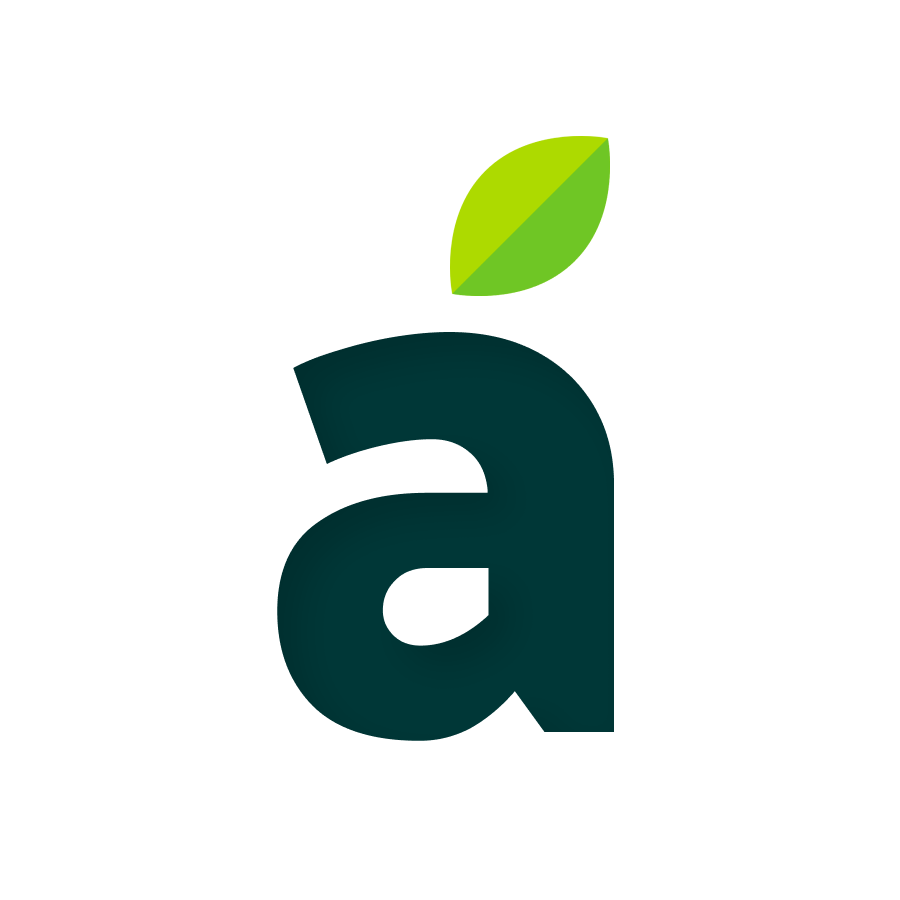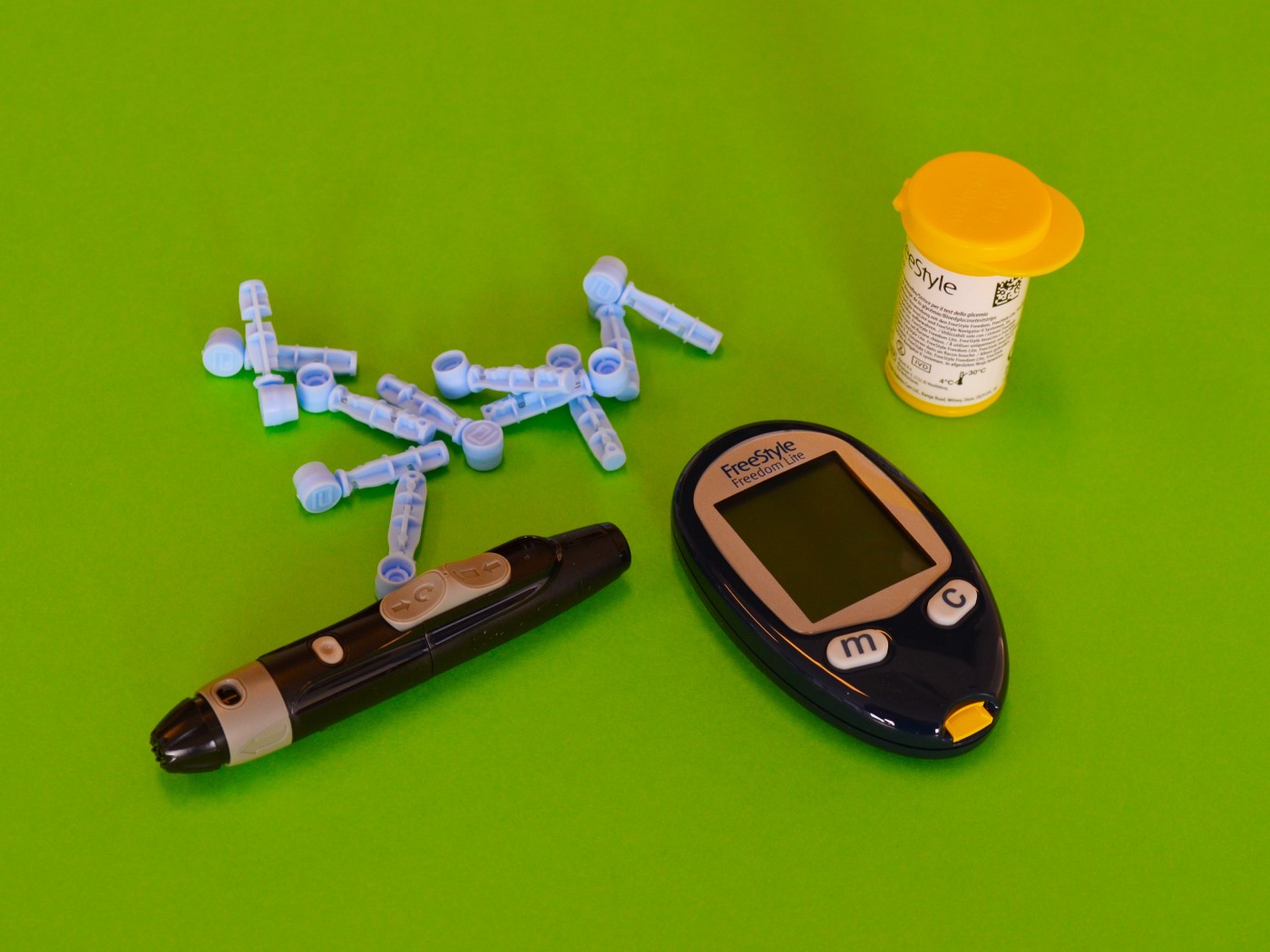Published Date January 24, 2003
Breastfeeding (Part-2)
By Hetvi Shah
4 min read
Last update date: January 24, 2003
We’re sure all the mothers are well aware that the production of breast milk starts during pregnancy itself but was never told that it gets secreted naturally in different stages as per the baby’s requirement.

Breast milk is not quoted as “liquid gold” for no reason, it is the main source of nourishment for the baby. Only breast milk provides infants with all the essential nutrients that they need like proteins, vitamins, fats, and water to keep them hydrated.
Let’s understand the different stages of breast milk and how working mothers can breastfeed their babies whilst they are at work after maternity leave.
Stages of breast milk:
We’re sure all mothers are well aware that the production of breast milk starts during pregnancy itself but were never told that it gets secreted naturally in different stages as per the baby’s requirement.
Stage 1 - “Colostrum”
The thick yellow milk that a mother first produces is called “colostrum” which is a rich source of antibodies and white blood cells along with essential nutrients for the baby - that the baby needs for growth and development. Yes, the milk that all mothers think should be discarded, as it may have turned sour, is actually what can help protect babies against infections and can help improve digestion.
The mother’s breast releases colostrum for the first 3 days starting right after birth. For the first 3 days, the baby requires no more than a teaspoon of breastmilk per feeding which is what all mothers naturally produce.
Stage 2 - “Transitional milk”
Transition milk replaces Colostrum after 3 days. It is rich in proteins, fats, lactose, and vitamins. The yellow colour of the milk gradually changes to white. The mother might feel fuller, have breasts firm up, and may face slight discomfort. The feeling of discomfort May goes away after regular feeding sessions.
Stage 3 - “Mature milk”
After a couple of weeks, the milk matures and changes colour to a lighter white. Though the composition of the milk may vary from day to day or feed to feed, the amount of milk required by the baby will remain consistent. In a condition where either the mother or the baby is unwell, breast milk contains antibodies that help fight the illness. The milk, at this stage, is further divided into 2 types - foremilk and hindmilk.
Foremilk - The watery milk that flows at the beginning of the feed is foremilk. Its watery nature aids in quenching the baby’s thirst.
Hindmilk - The milk that comes after the foremilk is the hindmilk. It is high in fat and calories, satiating the baby’s hunger.
The mature milk lasts until the child is dependent on semi-solid or solid foods (the time when the child completely stops breastfeeding).
Feeding cues:
Following are some cues that help the mother in understanding when her baby is hungry:
Some early cues -
- Stirring
- Mouth opening
- Turning the head
Mid cues -
- Stretching
- Increased physical activity
- Hand to mouth
Some cues that indicate quite a lot of hunger -
- Crying
- Excited body movements
- Colour turning red
Cues that the baby is getting enough breast milk:
- Checking baby’s weight gain regularly - if the baby is gaining weight then she is getting enough milk.
- Baby’s urine output - The baby is getting enough milk if she passes urine 6-8 times in 24 hours.
How can a working mother feed her baby?
Mothers who have exclusively breastfed their babies and have to return to work post their maternity leave find themselves in a difficult situation where they have to choose between feeding their child and their work commitments.
This is the time when she has to decide if she wants to breastfeed her child or adopt alternatives. Below mentioned are a few alternatives that working mothers can adopt to breastfeed their babies even when their work has resumed.
1. She can learn to hand-express milk before she has to return to work
- Express whatever you can, any amount is useful.
- Some mothers can express about 2 cups (400-500 ml) while others can express only about 1 cup. The baby needs only 60-70 ml for each feed.
- Expressed milk should be covered (with a clean cloth or plate) and left in the coolest place possible (refrigerator or cool dark place).
- Expressed milk should not be heated, anti-infective agents may get destroyed.
2. Breastfeed the baby after expressing milk
- Sucking is more effective than expressing, as the baby will get whatever the mother can’t express, including the hindmilk.
- Also, feeding the child whenever the mother is at home could be beneficial for the milk supply.
3. Expressing milk while at work
- Mother can express milk while at work (every 2-3 hours) to reduce leakage.
- If the milk is not expressed, it may lead to breast engorgement.
4. If the mother decides to formula feed
- Formula powder and water should be measured and kept covered in two separate containers.
- Teach the caretaker how to mix them both only when the baby needs to be fed - as it should not be kept for long after mixing.
Takeaway:
Breast Milk is not affected by microorganisms and can stay fresh for 8 hours without refrigeration and 24 hours under refrigeration. While if the mother has expressed milk when in the office and has nowhere dark or cool to place it, throwing it away is the best possible option. Mothers who don’t want their children to have formula milk or start bottle feeding can opt to cup-feed the expressed breast milk. Choosing to breastfeed or giving formula milk totally depends on the mother.
References
- https://neolacta.com/blogs/different-stages-of-breastmilk-composition/
- https://www.google.com/search?q=infant+feeding+cues&client=ms-android-hmd-rev2&biw=360&bih=625&tbm=isch&prmd=sinv&sxsrf=ALiCzsYt4opwCl-y3kDJI3As2pUT-nxIbw:1659507959806&source=lnms&sa=X&ved=0ahUKEwiDj8jzhKr5AhWOsFYBHQUZAG8Q_AUIGigC#imgrc=LIIf80bq9-6DdM
Keep reading
Choose Healthy With Us.
Know the real truth about your food. Stay informed and healthy, for free.

Download the App Now
Certified nutritionists trust our food recommendations. Safe to say, so can you :)












